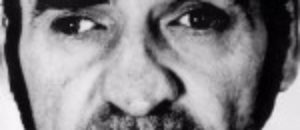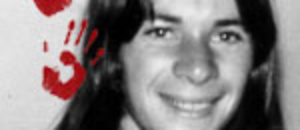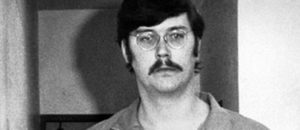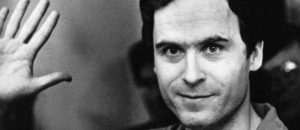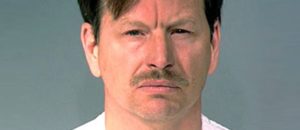Martin Bryant – Port Arthur, Tasmania
Martin Bryant was the gunman responsible for the Port Arthur massacre in Tasmania on 28 April 1996, a mass shooting that killed 35 people and wounded dozens more. The attack and its aftermath reshaped Australian firearms policy and public debate about mental health.
Key Facts
- The Port Arthur massacre on 28 April 1996 resulted in 35 people killed.
- Twenty-three people were injured during the attack.
- The assault took place at the Port Arthur Historic Site in Tasmania and unfolded over roughly an hour and a half.
- Martin Bryant was arrested shortly after the shootings at Seascape Cottage a few kilometres from the historic site.
- He was sentenced to multiple life terms without the possibility of parole.
- Bryant used semi-automatic firearms and brought hundreds of rounds of ammunition to the scene.
- The Broad Arrow Café was among the locations within the site where many victims were killed.
- Authorities and acquaintances described Bryant as socially isolated and developmentally impaired.
- He had inherited a substantial sum from his family before the attack and had moved to Hobart the year prior.
Crimes and Victims
On 28 April 1996, the attacker arrived at the Port Arthur Historic Site and began shooting at visitors in several locations across the complex. Over the course of about ninety minutes he fired repeatedly, targeting people inside buildings and in outdoor areas.
The Broad Arrow Café, where tourists were eating lunch, was one of the worst-affected sites and accounted for a significant number of fatalities. In total, 35 people were killed and 23 were wounded by gunfire or by debris from explosions set during the incident.
Capture and Trial
Police located and detained Martin Bryant at Seascape Cottage not long after the shootings; the arrest was carried out without a public shootout. He was taken into custody and later formally charged with multiple counts related to the massacre.
During legal proceedings the case moved quickly, and Bryant was given multiple life sentences with no prospect of parole. The sentencing ensured he would remain in custody for the remainder of his life under Tasmanian prison arrangements.
Psychology and Motives
Observers and professionals described Bryant as having developmental and social difficulties, and he had prior contact with mental health services. Accounts from acquaintances noted his isolation and difficulty maintaining employment or social ties in the years before the attack.
His precise motives remain a matter of analysis and debate; some sources point to long-term social isolation and possible personality or developmental disorders. Statements attributed to him and assessments by clinicians have been used to explore why he carried out the attack, but a single clear motive was never universally established.
Background / Early Life
Martin Bryant was born in Devonport, Tasmania, in 1967 and spent his early years in the local community. Family and community descriptions portray him as someone who struggled with learning and social relationships from a young age.
He inherited a sizable estate from his father and relocated to Hobart in 1995, a move that friends later said increased his sense of isolation. Bryant did not hold steady employment or pursue formal higher education, and he remained socially marginal in the period leading up to the massacre.
Legacy and Media Coverage
The Port Arthur massacre prompted major changes to Australian firearms regulations, including the National Firearms Agreement, which imposed stricter controls on private ownership of certain weapons. Those policy reforms are often cited as a direct response to the scale and public impact of the attack.
Media coverage at the time was extensive and sustained, and the event has since been the subject of documentaries, books, and ongoing analysis about gun policy, mental health care, and reporting ethics. Memorials and annual remembrances continue to mark the loss suffered by the victims’ families and communities.


